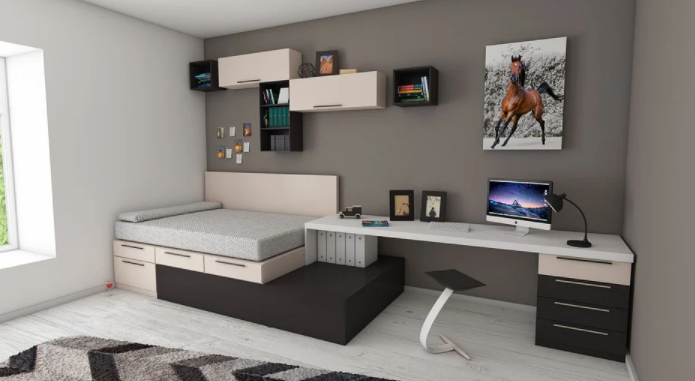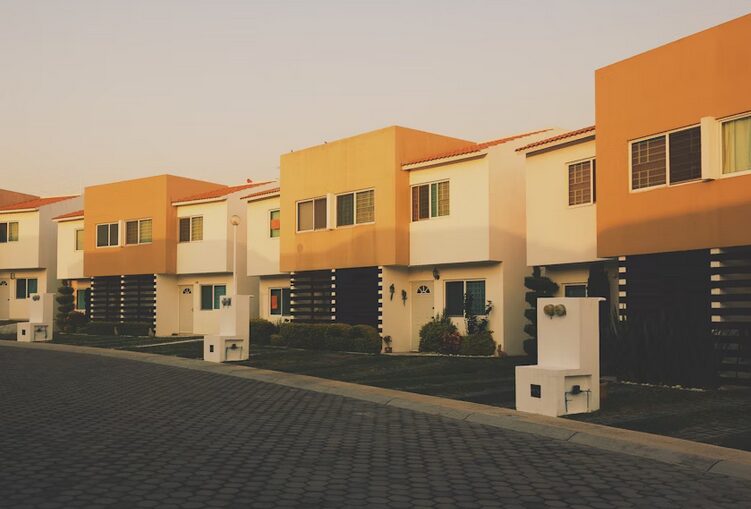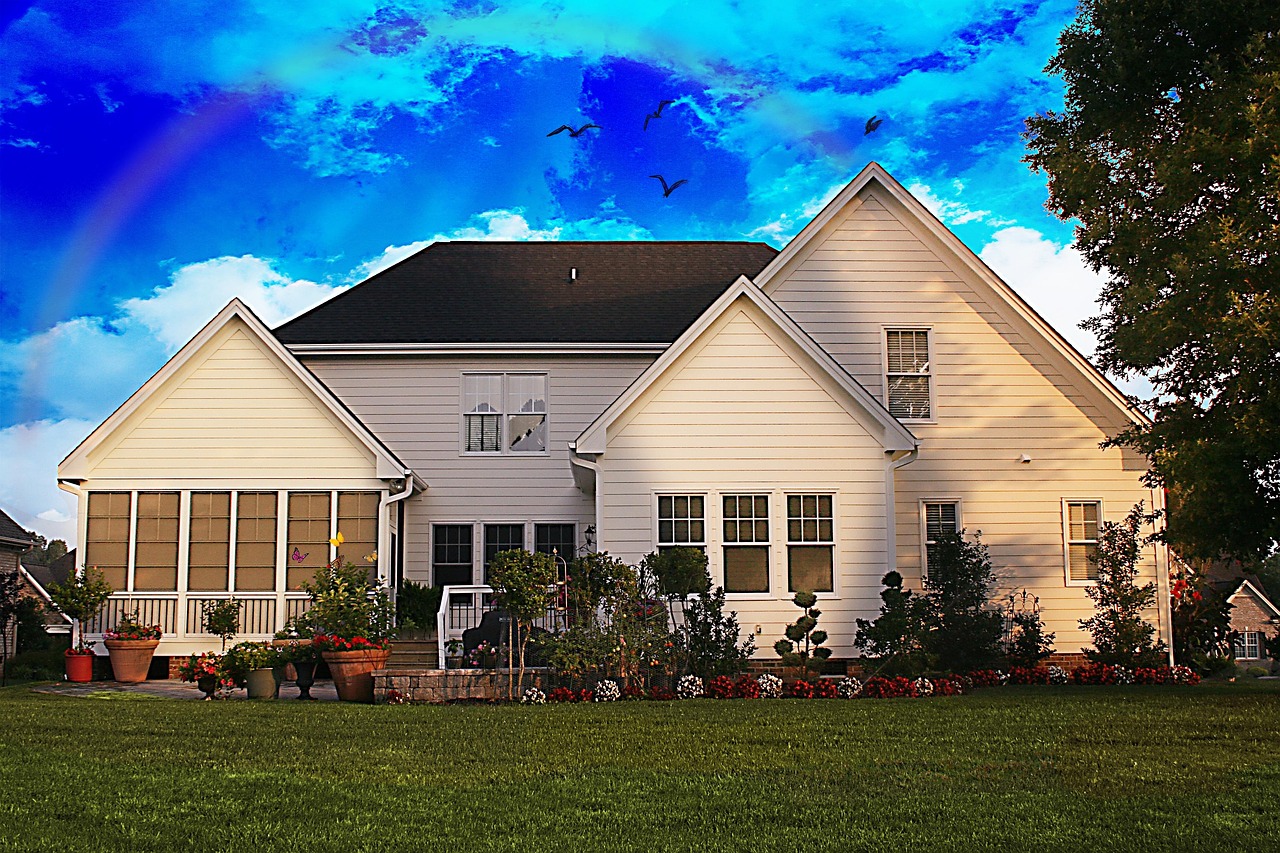
A mortgage comes with a price. You see, even though it can help you finance 80% to 90% of your home purchase, you must pay for it. And the most common way to pay for it is by paying the interest rate associated with it. So, for many, it can feel like a high-stakes game.
With interest rates constantly shifting, deciding whether to lock in your rate can be crucial. The market is unpredictable, and it’s easy to feel overwhelmed by all the options available. Should you act now or wait it out? Understanding current trends presented on the Esslinger Zeitung online page along with your personal timeline will help clarify this important decision. Let’s break down what locking in your mortgage rate truly means for you.
Current Interest Rate Trends
Interest rates have been on a rollercoaster ride lately. Recent market shifts indicate fluctuations that can impact your mortgage decisions significantly. As of late 2023, the Federal Reserve’s actions to combat inflation directly influence these rates. Higher interest rates may lead buyers to reconsider their financial strategies. Many experts predict slight decreases in the coming months, but predicting the exact timing is tricky at best. Keeping an eye on economic indicators will help you stay informed. The right moment could save thousands over the lifespan of your mortgage, making it essential to remain vigilant about trends as they unfold daily.
Your Home Purchase Timeline

When considering whether to lock in your mortgage rate, timing is everything. Understanding your home purchase timeline can help you make an informed decision. If you’re ready to buy soon, locking in may be beneficial. Rates fluctuate frequently, and securing a lower rate now could save you millions over the life of your loan. On the other hand, if your purchase is several months away, it might be wise to wait. You could potentially benefit from falling rates instead of committing prematurely. Assessing key milestones in your buying process is essential. Are you still house hunting? Or have you made an offer? Each stage carries different implications for locking in a rate.
Rate Lock Duration Options
Lenders usually offer locks that range from 30 to 60 days. A shorter lock can be ideal for quick closings but may expose you to market fluctuations. For those with more extended timelines, a 90-day or even longer lock could provide peace of mind. This option helps shield you against rising rates while you navigate the complexities of home buying. There are also extended locks available for new construction loans. These can last up to six months or more, accommodating delays in building schedules without worrying about interest spikes. Each borrower’s situation is unique, so weigh your choices carefully before committing. The right duration aligns with your timeline and risk tolerance.
Costs Associated With Locked Rates

Locking in a mortgage rate isn’t without its costs. It’s essential to understand potential fees that could affect your budget. First, lenders may charge an upfront fee for locking in the rate. This is generally non-refundable and varies by institution. Always ask about this before making any decisions. Next, consider how long you want to lock in the rate. Longer terms often come with higher fees. If you’re unsure about your timeline, think twice about extending that lock-in period. There are also options like float-downs, which allow you to leverage lower rates if they occur during your lock period. However, these can have their own associated costs, too.
Keeping all these factors in mind will help guide your decision-making process regarding locking in a mortgage rate right now versus waiting it out until you’re certain about your purchase plans and financial situation.








